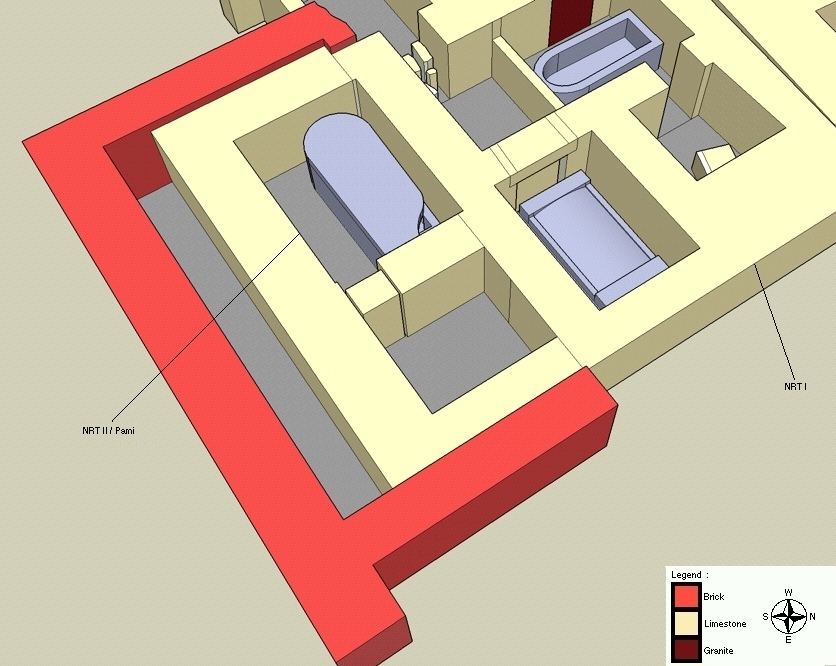Pami on:
[Wikipedia]
[Google]
[Amazon]
Usermaatre Setepenre Pami was an ancient Egyptian
 According to stelae from the Serapeum of Saqqara, an
According to stelae from the Serapeum of Saqqara, an
dynasties
{{authority control 778 BC deaths 8th-century BC Pharaohs Pharaohs of the Twenty-second Dynasty of Egypt Year of birth unknown
pharaoh
Pharaoh (, ; Egyptian: '' pr ꜥꜣ''; cop, , Pǝrro; Biblical Hebrew: ''Parʿō'') is the vernacular term often used by modern authors for the kings of ancient Egypt who ruled as monarchs from the First Dynasty (c. 3150 BC) until the ...
of the 22nd Dynasty
The Twenty-second Dynasty of Egypt is also known as the Bubastite Dynasty, since the pharaohs originally ruled from the city of Bubastis. It was founded by Shoshenq I.
The Twenty-first, Twenty-second, Twenty-third, Twenty-fourth, and Twenty-f ...
who ruled for 7 years. "Pami" in Egyptian, means "the Cat" or "He who belongs to the Cat astet"
Identity
Pami's precise relationship with his immediate predecessorShoshenq IV
Hedjkheperre Setepenre Shoshenq IV was an ancient Egyptian ruler of the 22nd Dynasty, between the reigns of Shoshenq III and Pami. In 1986, David Rohl proposed that there were two king Shoshenqs bearing the prenomen Hedjkheperre – (i) the well ...
is unknown. He is attested as the father of Shoshenq V
Aakheperre Shoshenq V was an ancient Egyptian pharaoh of the late 22nd Dynasty.
Despite having enjoyed one of the longest reigns of the entire dynasty – 38 years – and having left a fair amount of attestations, little is known about Shoshenq ...
in a stela
A stele ( ),Anglicized plural steles ( ); Greek plural stelai ( ), from Greek , ''stēlē''. The Greek plural is written , ''stēlai'', but this is only rarely encountered in English. or occasionally stela (plural ''stelas'' or ''stelæ''), wh ...
from the Serapeum of Saqqara
The Serapeum of Saqqara was the ancient Egyptian burial place for sacred bulls of the Apis cult at Memphis. It was believed that the bulls were incarnations of the god Ptah, which would become immortal after death as ''Osiris-Apis''. a name wh ...
, dating to the eleventh year of the latter's reign.
Pami was once assumed to be Pimay, the third son of Shoshenq III
King Usermaatre Setepenre Shoshenq III of the 22nd Dynasty ruled for 39 years according to contemporary historical records. Two Apis Bulls were buried in the fourth and 28th years of his reign and he celebrated his Heb Sed Jubilee in his regnal ...
who served as the "Great Chief of Ma" under his father. However, the different orthographies of their names (Pami vs. Pimay) prove that they were 2 different individuals.
The name Pami translates as 'The Cat' in Egyptian
Egyptian describes something of, from, or related to Egypt.
Egyptian or Egyptians may refer to:
Nations and ethnic groups
* Egyptians, a national group in North Africa
** Egyptian culture, a complex and stable culture with thousands of years of ...
whereas the name Pimay means 'The Lion.' Pami's name was mistakenly transcribed as Pimay by past historians based upon the identification with Shoshenq III's son. While a previous Dynasty 22 king held the title 'Great Chief of the Ma' before ascending the throne–namely Shoshenq I–Shoshenq III's son, if Pimay did indeed outlive his father, he should have then succeeded his father as king rather than the obscure Shoshenq IV who is not attested as a son of Shoshenq III. Consequently, it seems certain that Shoshenq III outlived all of his sons through his nearly four-decade-long reign.
While a minority of scholars hold to the traditional view that Pami was Pimay, no archaeological evidence proves that Pami was ever a son of Shoshenq III. Pami may have been a son of his obscure predecessor Shoshenq IV instead.
Reign length
 According to stelae from the Serapeum of Saqqara, an
According to stelae from the Serapeum of Saqqara, an Apis bull
In ancient Egyptian religion, Apis or Hapis ( egy, ḥjpw, reconstructed as Old Egyptian with unknown final vowel > Medio-Late Egyptian , cop, ϩⲁⲡⲉ ''ḥapə''), alternatively spelled Hapi-ankh, was a sacred bull worshiped in the Me ...
was buried in the second year of Pami's reign.
On a reused stone block from an enclosure wall at Heliopolis, annals
Annals ( la, annāles, from , "year") are a concise historical record in which events are arranged chronologically, year by year, although the term is also used loosely for any historical record.
Scope
The nature of the distinction between ann ...
were found which document the deeds of various Twenty-second Dynasty pharaohs, however, only the section concerning Pami's reign had survived. It chronicles the king's annual donations to both the gods of the Great Temple of Heliopolis and to other local deities and temples in this city. While the ending of the block is damaged, the donation of the 7th regnal year can be clearly seen for Pami, with an entry for the subsequent year being possible.Tallet, P., Bickel, S. & Gabolde, M. (1998), "Des annales héliopolitanes de la Troisième pèriode intermédiaire", ''BIFAO'' 98: 31-56
References
External links
dynasties
{{authority control 778 BC deaths 8th-century BC Pharaohs Pharaohs of the Twenty-second Dynasty of Egypt Year of birth unknown